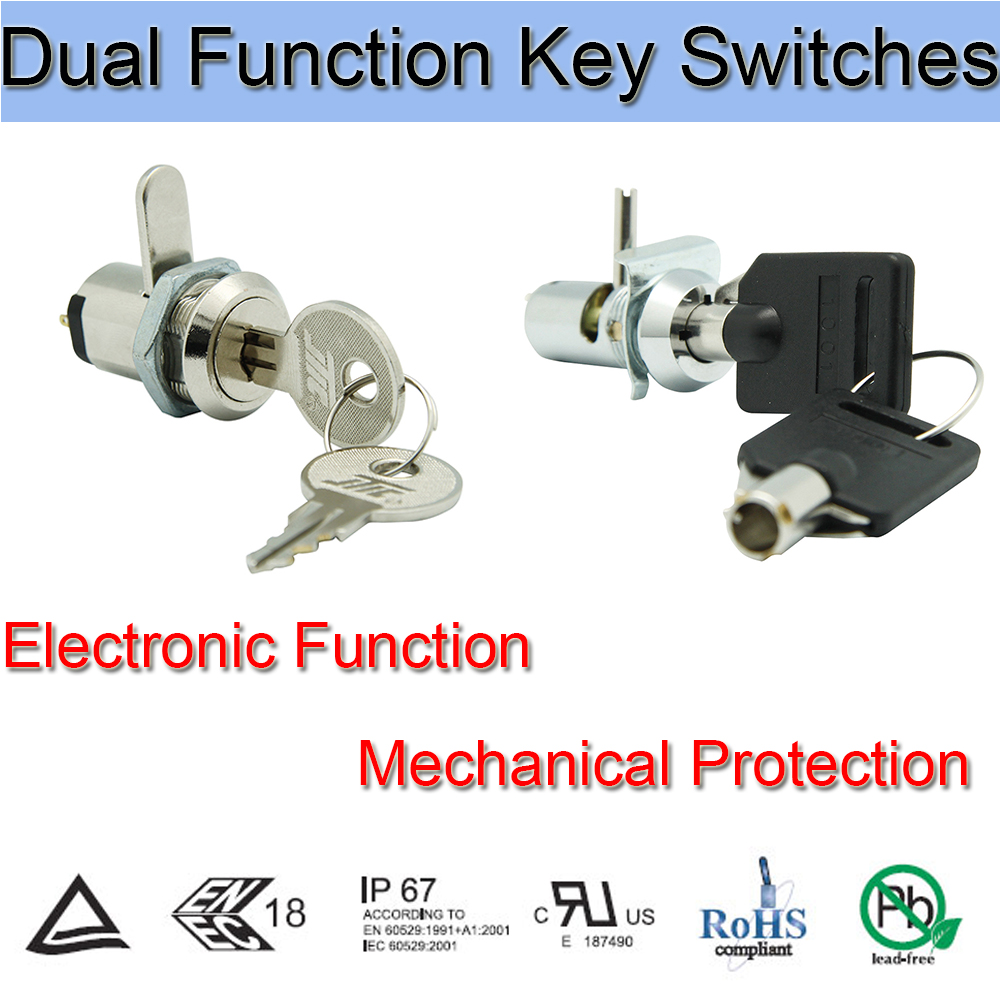In automotive and heavy equipment environments, power conversion systems face extremely demanding conditions. These systems must operate across a wide voltage range while handling large transients and temperature fluctuations, making the design of reliable electronics quite challenging. Moreover, the increasing number of voltage rails in modern electronic systems adds complexity. For instance, a typical navigation system may require six or more voltage rails, such as 8.5V, 5V, 3.3V, 2.5V, 1.8V, and 1.5V. As component counts grow, space becomes more limited, making high-efficiency power conversion essential due to both space constraints and high-temperature conditions.
To meet these challenges, switching DC/DC regulators used in cars and trucks must be capable of operating over a broad input voltage range. A 12V system typically requires a 60V rating to provide sufficient headroom, with most systems clamped between 36V and 40V. In dual battery applications, such as those found in trucks and heavy equipment, the nominal battery voltage is 24V, so the regulator must handle up to around 58V. A 60V rating is generally adequate for these applications. Additionally, overvoltage clamps are essential to prevent damage from inductive voltage spikes caused by engine starters, which can otherwise lead to dangerous transient voltages.
Many vehicle systems, like remote door locks and alarm systems, require continuous power even when the engine is off. This means that the DC/DC converter must have a low quiescent current to minimize battery drain during sleep mode. When the output current drops below a threshold (typically 30–50 mA), the regulator enters Burst Mode operation, reducing quiescent current to tens of microamps and significantly extending battery life.
Due to the lack of 60V input DC/DC converters, some engineers have turned to transformer-based topologies or external high-side drivers to achieve higher input voltages. Others have used intermediate bus converters, which add complexity and often reduce efficiency. However, Linear Technology has introduced the LTC3890, a 60V input step-down controller designed specifically for automotive and truck applications. It supports multiple outputs, offers high efficiency, and reduces system complexity.
The LTC3890/-1 is a dual-output synchronous buck controller that consumes only 50 µA on one output and 60 µA when both are active. With an input range of 4V to 60V, it is well-suited for cold-start scenarios and various battery chemistries. Each output can be set from 0.8V to 24V, supporting up to 20A with efficiencies exceeding 98%, making it ideal for 12V and 24V systems in vehicles and industrial applications.
The LTC3890 offers flexible operation modes, including burst mode, pulse skipping, and forced continuous mode, allowing users to optimize efficiency and performance based on load conditions. Its two-phase architecture reduces input filtering needs, and its current-mode control provides fast transient response and easy compensation. The device also includes features like DCR sensing and current foldback protection, ensuring safe and efficient operation under varying loads.
Available in different packages, the LTC3890 supports advanced configurations such as clock synchronization and phase modulation, while the LTC3890-1 offers a simpler version for cost-sensitive designs. The controller’s burst mode operation significantly reduces quiescent current, extending battery life in always-on systems.
Overcurrent protection is built-in, using either a sense resistor or inductor DCR to monitor output current continuously. The powerful internal gate driver minimizes switching losses, especially important at high input voltages. Efficiency curves show that the LTC3890 maintains high efficiency even under light loads, with over 75% efficiency at 1mA.
The LTC3890 also delivers fast transient response, thanks to its high-bandwidth feedback amplifier. This ensures minimal voltage deviation during load changes, as demonstrated in test results showing less than 100mV deviation during a 4A step load change.
In conclusion, the LTC3890 is a highly versatile and efficient solution for high-voltage power conversion in automotive and heavy equipment applications. Its ability to handle wide input ranges, support multiple voltage rails, and maintain low quiescent current makes it an excellent choice for demanding environments. Whether in dual-battery systems, always-on applications, or high-step-down ratio designs, the LTC3890 provides a compact, reliable, and cost-effective solution.
Dual Function Key Switches
Dual Function Key Switches
Dual Function interlock Key Switches is a Key Switches that combines Electric Key Switch and Mechanical Key Lock, which is Simultaneously have power control and could mechanically protect the equipment from invading.
Our company's Key Lock Electrical Switches has mounting dimensions of 12mm and 19mm. This 2 Position Key Switch is widely used in the field of security products, which not only can achieve the function of switching power supply but also could protect customer`s confidential data.Application including buses, cars, motorcycles, ATM and so on.

Below are the specifications:
Electrical and row piece dual function
Zinc alloy die cast housing and cylinder
Barrel chrome or nickel plated standard
Lock case, white iron cover
4 disc tumbler mechanism
Brass tubular keys or Bilateral bilateral milling copper key, nickel plated
The iron bar has a standard size of 13mm or Row Piece, can be made according to customer requirements.
Key may be withdraws in one or both position aSilver terminals and Contacts.
Dual-Function Switches,Dual Push Button Switch,Automatic Transfer Switch,Changeover Switch
YESWITCH ELECTRONICS CO., LTD. , https://www.yeswitches.com
